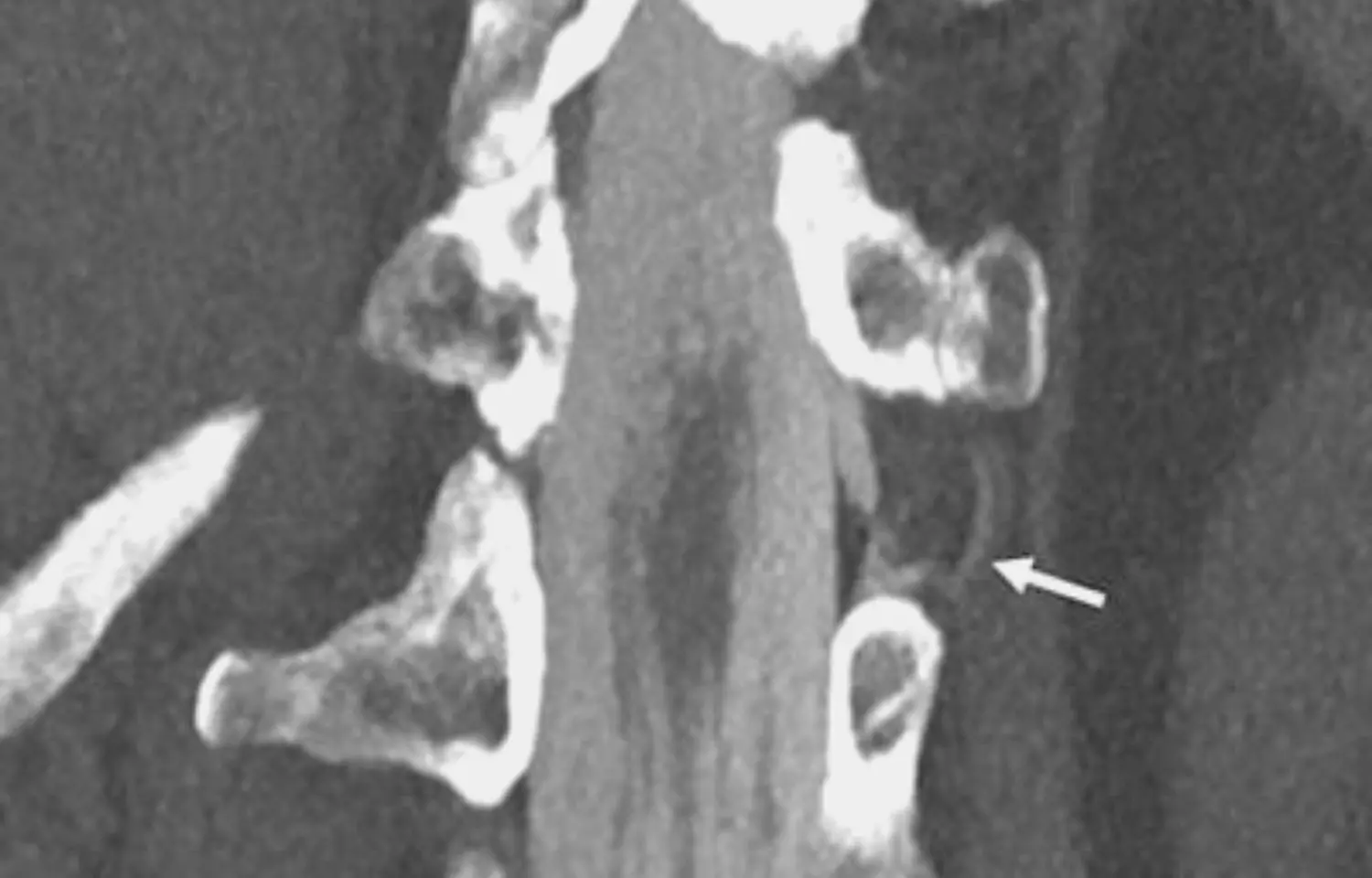- Home
- Medical news & Guidelines
- Anesthesiology
- Cardiology and CTVS
- Critical Care
- Dentistry
- Dermatology
- Diabetes and Endocrinology
- ENT
- Gastroenterology
- Medicine
- Nephrology
- Neurology
- Obstretics-Gynaecology
- Oncology
- Ophthalmology
- Orthopaedics
- Pediatrics-Neonatology
- Psychiatry
- Pulmonology
- Radiology
- Surgery
- Urology
- Laboratory Medicine
- Diet
- Nursing
- Paramedical
- Physiotherapy
- Health news
- Fact Check
- Bone Health Fact Check
- Brain Health Fact Check
- Cancer Related Fact Check
- Child Care Fact Check
- Dental and oral health fact check
- Diabetes and metabolic health fact check
- Diet and Nutrition Fact Check
- Eye and ENT Care Fact Check
- Fitness fact check
- Gut health fact check
- Heart health fact check
- Kidney health fact check
- Medical education fact check
- Men's health fact check
- Respiratory fact check
- Skin and hair care fact check
- Vaccine and Immunization fact check
- Women's health fact check
- AYUSH
- State News
- Andaman and Nicobar Islands
- Andhra Pradesh
- Arunachal Pradesh
- Assam
- Bihar
- Chandigarh
- Chattisgarh
- Dadra and Nagar Haveli
- Daman and Diu
- Delhi
- Goa
- Gujarat
- Haryana
- Himachal Pradesh
- Jammu & Kashmir
- Jharkhand
- Karnataka
- Kerala
- Ladakh
- Lakshadweep
- Madhya Pradesh
- Maharashtra
- Manipur
- Meghalaya
- Mizoram
- Nagaland
- Odisha
- Puducherry
- Punjab
- Rajasthan
- Sikkim
- Tamil Nadu
- Telangana
- Tripura
- Uttar Pradesh
- Uttrakhand
- West Bengal
- Medical Education
- Industry
Photon-counting CT helpful in better visulaization of CSF venous fistula: Study

USA: Cerebrospinal fluid (CSF) venous fistula (CVF) is better visualized by photon-counting CT (PCCT) than traditional imaging approaches such as CT myelography or MRI, states a recent study published in JAMA Neurology.
Photon-counting CT is based on dual-energy x-ray tubes and photon-counting detectors that distinguish photon energy in the x-ray beam -- which improves signal, reduces image noise, and can increase spatial resolution from 0.6 mm to 0.2 mm.
"This could help in better diagnosis and treatment of CVF that can cause lower than normal fluid pressure inside the skull (also known as spontaneous intracranial hypotension, which is typically treated with epidural blood patches)," Fides R. Schwartz, Department of Radiology, Duke University, Durham, North Carolina, and colleagues wrote in their study.
The standard treatment for spontaneous intracranial hypotension was epidural blood patches and some studies haves suggested that targeting a visualized leak or CVF improved efficacy [of this treatment from 52% to 87%]. CVF can be difficult to visualize. Typically, CT myelography or MRI are usedfor the diagnosis of spontaneous intracranial hypotension -- and thus CVF -- but these modalities don't necessarily identify the site of the fistula, which can be found anywhere along the axis of the central nervous system and is usually no more than 1 mm to 2 mm wide.
The results were based on a case report of a 56-year-old female patient who was experiencing spontaneous intracranial hypotension (SIH). In the study, the researchers reported the first images of cerebrospinal fluid venous fistula acquired on a photon-counting computed tomography (PCCT) scanner, newly approved by the US Food and Drug Administration.
Using the scanner's material decomposition capabilities, images were acquired in high-resolution mode and with an iodine map. The standard clinical images do not include iodine quantification or high-resolution images.
The researchers wrote, "the magnetic resonance imaging results were diagnostic of SIH but prior imaging at an outside institution had been unable to identify the site of the CVF. Nontargeted blood patches had not resulted in symptom relief for the patient."
Reference:
Schwartz FR, Malinzak MD, Amrhein TJ. Photon-Counting Computed Tomography Scan of a Cerebrospinal Fluid Venous Fistula. JAMA Neurol. Published online April 18, 2022. doi:10.1001/jamaneurol.2022.0687
Dr Kamal Kant Kohli-MBBS, DTCD- a chest specialist with more than 30 years of practice and a flair for writing clinical articles, Dr Kamal Kant Kohli joined Medical Dialogues as a Chief Editor of Medical News. Besides writing articles, as an editor, he proofreads and verifies all the medical content published on Medical Dialogues including those coming from journals, studies,medical conferences,guidelines etc. Email: drkohli@medicaldialogues.in. Contact no. 011-43720751


